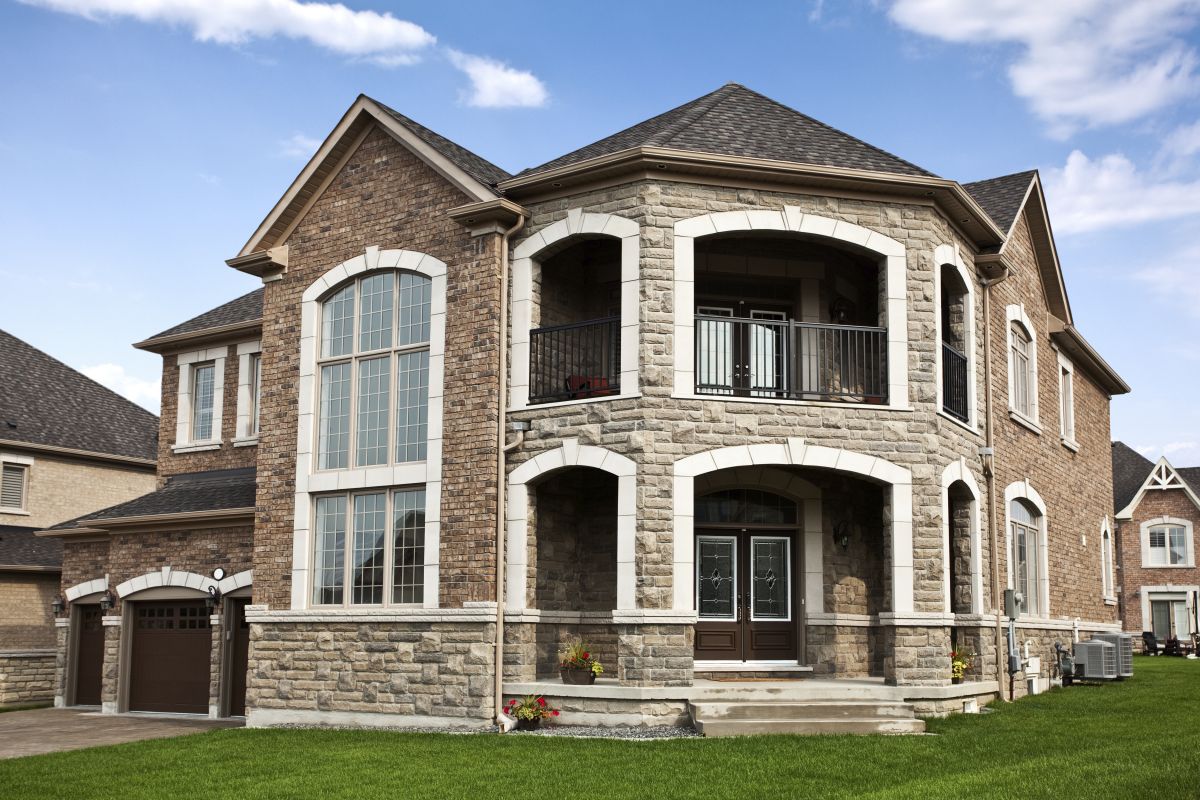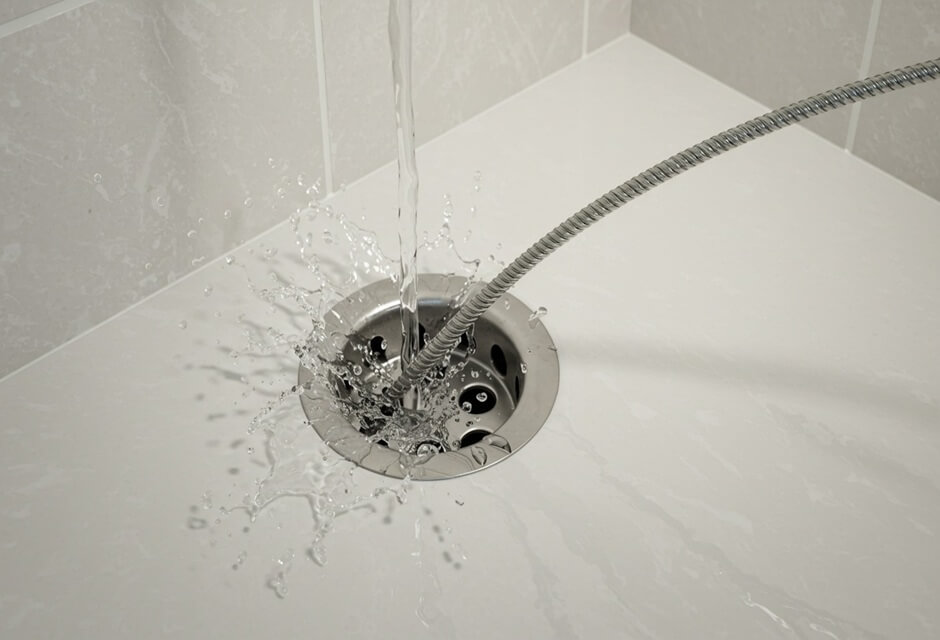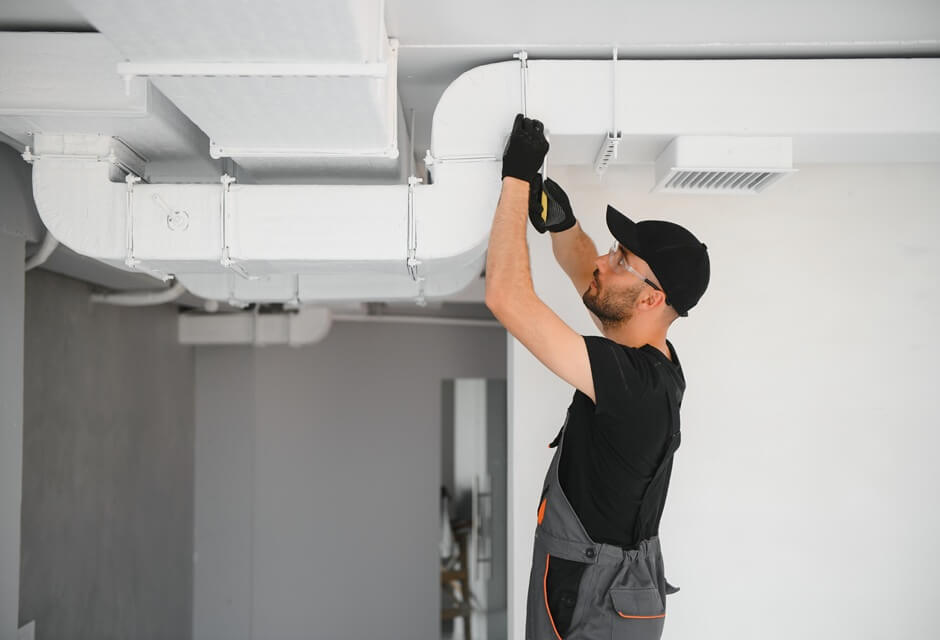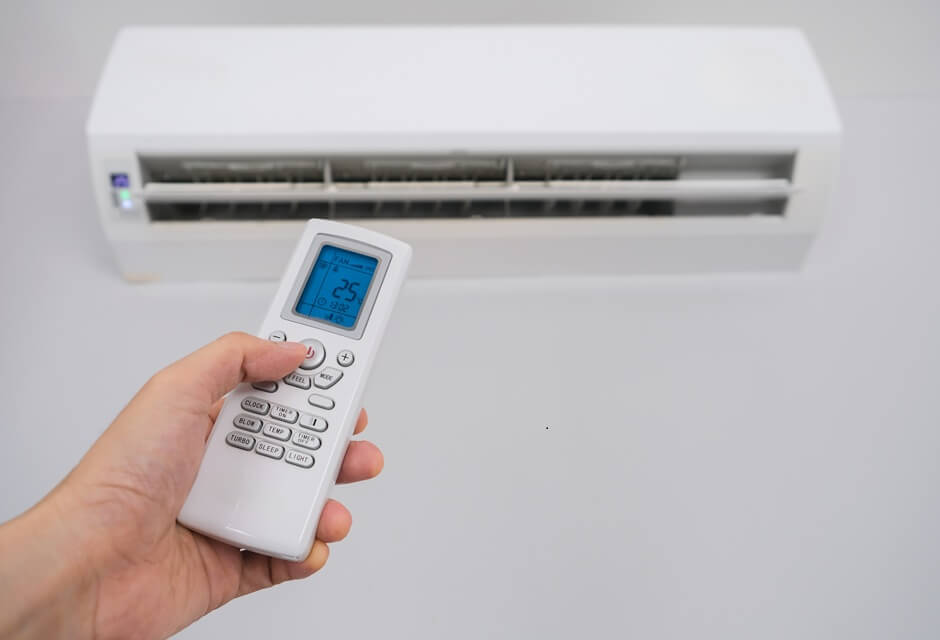Home insulation is a great way to increase the energy efficiency of your home and could help reduce your energy bills. Insulation is beneficial in the long run and well worth the money spent on it today. In a few years, the insulation installed will end up paying for itself. For an existing residence, you have to figure out where the optimum areas in the house are and where there is already insulation in place. Have a professional come out and perform an energy assessment test to identify where in the house insulation should be added.
Insulation does really make a difference in terms of saving money and can reduce the amount of heat or cool air that you need during the winters or summers. By insulating the walls, floors, and attics, the temperature from the inside is less likely to equalize with the temperature from the outside reducing the energy needed to heat or cool your house. However, even insulated walls can still let air seep through cracks and gaps around doors and windows. To minimize the air loss, seal these crevices with caulking. Insulated ducts also help to guide the cool and warm air to its desired destination.
the walls, floors, and attics, the temperature from the inside is less likely to equalize with the temperature from the outside reducing the energy needed to heat or cool your house. However, even insulated walls can still let air seep through cracks and gaps around doors and windows. To minimize the air loss, seal these crevices with caulking. Insulated ducts also help to guide the cool and warm air to its desired destination.
Types of Insulation
The most common areas of the house where insulation is most needed are: the attic spaces; between the walls, roof, and rafters of exterior walls; in the ceilings; all exterior walls; the foundation walls; the foundation walls in the basements; floors above cold spaces such as the garage; slab floors that are build on top of the ground; and many other spaces. In terms of what type of material to use for insulation varies depending on the circumstances. Some materials are better conductors of heat flow, while others are more reflective radiating heat away from areas.
For example, the blanket insulation is best matched with materials such as fiberglass, mineral wool, plastic fibers, or natural fibers. The areas in the house that will best benefit from this type of insulation are the foundation walls, the floors, and the ceiling of the house. The advantages to this insulation type is that it can be installed yourself, is fairly inexpensive, and works between any standard stud and joint-spacing.
Reflective insulation can assist in keeping the house at a cool temperature during the hot summers. For example, the attic needs reflective insulation to keep the hot air from the roof from spreading towards the main part of the house.
Spray foam insulation is best used in areas of the house such as unfinished attic floors, open new wall cavities, or in an enclosed existing wall. Cementitious, Phenolic, Polyisocyanurate, and polyurethane are the most appropriate materials for this type of insulation that will produce the best results.
Another type of insulation used specifically to cater to extremely high temperatures is rigid or fibrous insulation. It requires the use of fiberglass material or mineral wool to provide insulation to places that are unconditioned and need to withstand high temperatures. This type of installation; however, needs to be done by an HVAC professional.
 Let an insulation expert give you an estimate on your project
Let an insulation expert give you an estimate on your project





 Member of the
Member of the